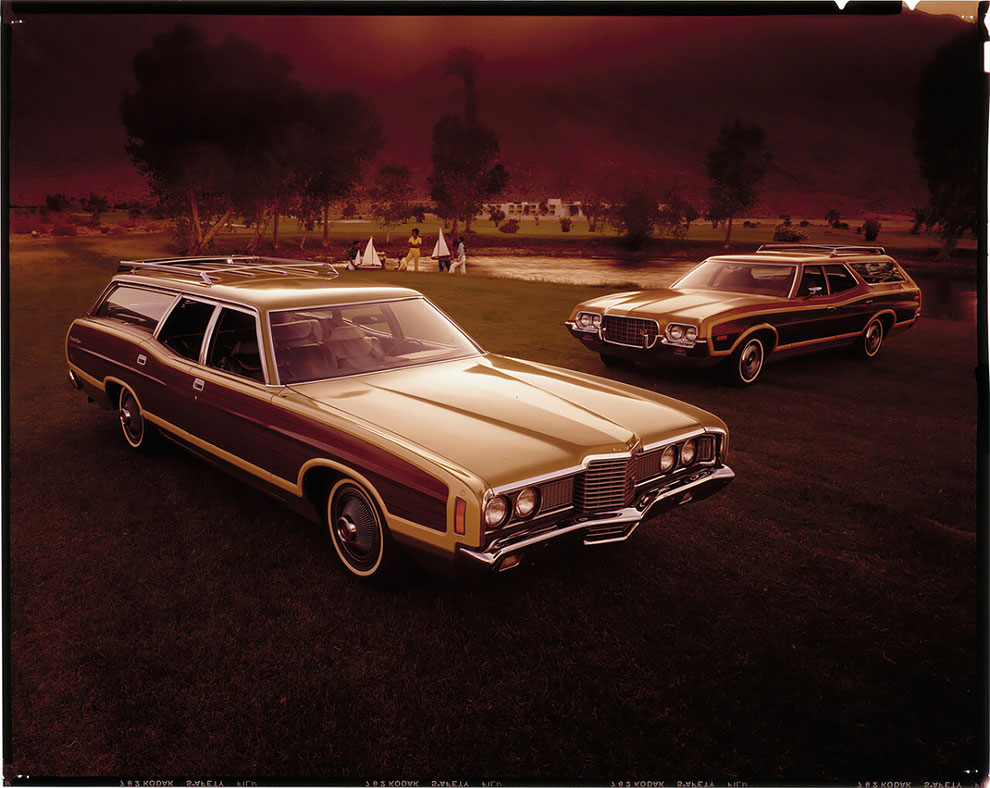Stunning Vintage Photos of Woody Station Wagons From the 1960s and 1970s

The iconic American woody (or woodie) wagon dates back to the very beginning of automobile manufacture when car frames were originally made of timber. As metal took over and timber content diminished throughout the 1920s, certain models stubbornly refused to go all-metal.
The sheer craftsmanship required to fashion doors, frames and panels out of wood necessitated more time, care and cost. As a result, station wagons with wooden bodies took on an aura of prestige and old world elegance. Pulling up to the country club or golf course in a wooden-bodied wagon became fashionable.
h/t: vintage.es

The woody wagon was popular right up into the 1950s where the trend fizzled out. By the mid-50s it has become too expensive to make the wood panels, so manufacturers were experimenting with plastic materials and faux wood panels. Chevrolet came out with a “tin woody” where they were able to create faux wood panels out of tin.

Soon after World War II woody wagons got a new lease on life out west in California. Surfers would load their boards on top of a big flat topped woody wagon to go to the beach. Used woody wagons were all cheap to buy. They became synonymous with the surf culture there. That is why today you generally see a surf board atop an old woody wagon when you see them at car shows. In the 1960s, Hollywood made the surf culture famous with its “Beach Blanket Bingo” movies featuring teen stars Annette Funicello and Frankie Avalon.

From time to time a wood paneled station wagon would appear from an American automobile manufacturer. Chrysler, Ford, Chevrolet, Pontiac, Plymouth, Dodge, AMC and even Honda was still making woody station wagons in the 1980s. Chrysler came out with a woody Lebaron convertible in those years also. Jeep continued the wood panel look on their Jeep Wagoneer thru the 1990s. Chrysler vans and PT Cruisers continued the wood panel look into the next century.

























